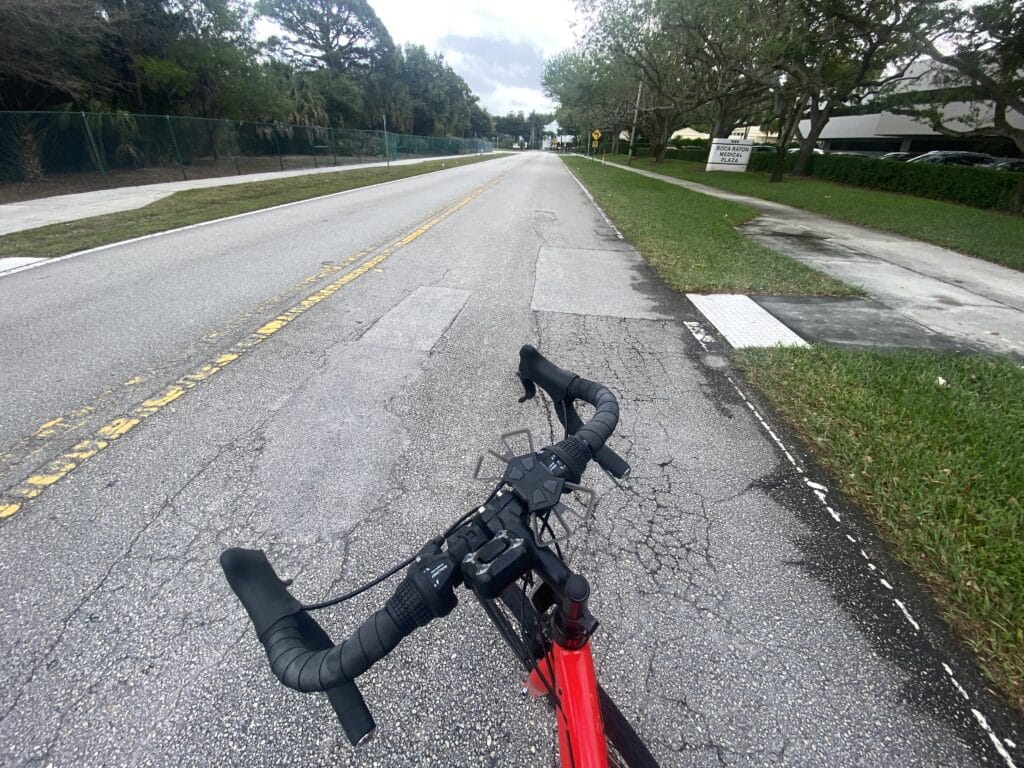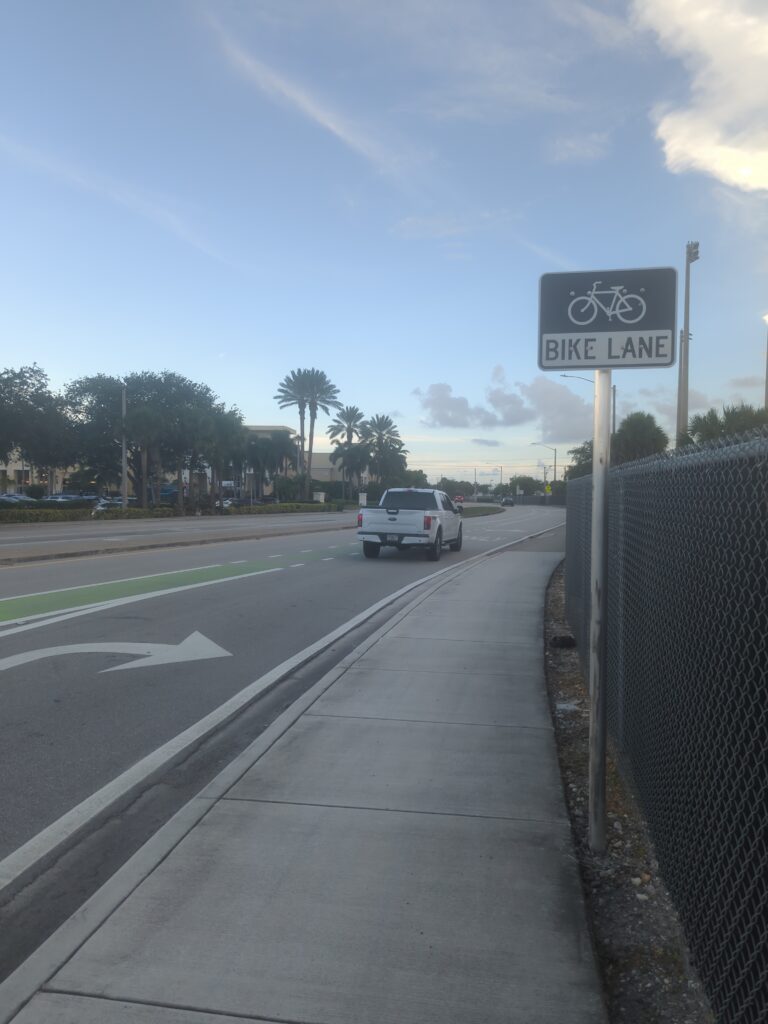12 Ways Urban Cycling Saves You Money in the City
Urban cycling isn’t just an environmentally conscious choice – it’s a powerful way to transform your financial future while navigating city life. As urban areas become increasingly congested and costly, bicycles offer a compelling solution for both your wallet and well being. Let’s explore the substantial economic benefits of choosing two wheels over four.
Direct Cost Savings
When you swap your car for a bicycle, the immediate financial impact is striking. The average car owner spends thousands annually on car payments, insurance, parking, and car parts. In contrast, a quality bicycle and regular maintenance require a small investment, and at most will have a full repair cost under $200. Try replacing 4 tires on a car versus 2 tires on a bike and it’s inter-tube, take a look at this reddit article. Even premium bikes pay for themselves within months through eliminated car expenses.
Even with someone who still has a car, there’s a direct difference in how much time it takes to get to distances 2 miles or less, it’s always going to be the same amount of time driving or way less time if you live in a big city. I myself living in a metro city, not the main still tear through traffic easily on my bike.

Let me break down what I was spending on my car every month. Even someone with a paid off car just spent $375 on tire last month, insurance another $120, and with adding up gas assuming I would drive 360 miles per week and sometimes even fill up twice means that I’m spending around $60 extra dollars per week adding up to $975 every month. At most if you compare it to bike maintenance you’ll have to spend a grand total of less than $100 per month.
The switch to cycling changed everything for my budget. I invested in a decent $399 road bike, which is a big upfront cost. Expect yourself getting used to it like me, once I started going to events and not having to pay for parking, bringing my bike on transit instead of driving, the costs went down to the point where I could almost say goodbye to my car.
Maintenance costs for bikes are laughably cheap compared to cars. I mentioned earlier you may spend $100 per month on bike maintenance, but as long as you check your spokes, gears, and inflate your tires like me. At most you will spend $150 annually on regular tune-ups, new chains, brake pads, and the occasional inter-tube. I’ve learned to do most of the basic maintenance myself, which saves even more money and gives me this weird sense of accomplishment.
One thing people don’t talk about enough is parking costs. In my downtown area, monthly parking passes run about $175. That expense completely disappeared from my budget. Over the course of a year, that’s over $2,000 saved just on parking!
The financial freedom has been incredible. Within the first year of going car-free, I managed to pay off a significant chunk of credit card debt that had been hanging over my head. It wasn’t just the direct savings – becoming a cyclist changed my whole relationship with money and consumption.
Of course, there are occasional challenges. Sometimes I will end up taking a ride share if it’s a trip to the airport instead of biking, or pay extra money to take the bike on the train around the region, however these trips $5 daily pass versus 80 miles on a car which leads to maintenance, guess what costs less?
If you’re considering making the switch, start by tracking all your car-related expenses for three months – it’s a game-changer. Most people underestimate what they’re actually spending. Then calculate what a bike setup would cost based on your specific needs. The numbers will likely speak for themselves!
Time and Productivity Gains: How Cycling Revolutionized My Workday
I used to be that person who’d complain non-stop about traffic, and who doesn’t when it comes to driving. I would drive 13 miles to a small work-place, selling clothes and walking around a dimly lit room for eight hours, hop in the car half-way through to get some food, then go back to work and drive home. It was driving me absolutely nuts (pun totally intended).
I was inspired by one of my favorite creators, he started biking daily to get his endurance better and I was thinking maybe I’d stay up and be able to keep going during my day if I biked. I was even inspired to get a job closer to me, one where I would have to drive half the amount of time, but do the same thing and make similar pay. Boy, was I in for a surprise! That first commute took me just 35 minutes – nearly half the time of my driving commute which almost took a full hour. I remember thinking about the multiple different places, parks to hang-out, and different events I could go to in the cities around me more often than just a monotonous day.
There was this one Wednesday morning when I overslept by half an hour. In my car-commuting days, this would have been a disaster. I’d have missed my morning meeting and probably gotten asked why didn’t you call in and tell me you’d be late? But on my bike? I’m usually there consistently over 10 minutes early. The consistency of my cycling commute time has been a game-changer for planning my day, I almost never have to think about traffic lights.
The financial aspect of this time saving hit me when I calculated my effective hourly wage. If I save 30 minutes each way (that’s an hour daily), across 20 workdays a month, cycling basically “pays me” for an extra 5 hours of free time each month. When I put a dollar value on that time based on my hourly rate… well, let’s just say it made the cost of my bike seem like pocket change.
What nobody tells you about cycling commutes is how they transform your mindset before you even get to work. There’s something about the combination of physical activity, fresh air, and navigating your own path that puts your brain in a free state. I’ve literally solved work problems while pedaling through the park. My colleagues have started to joke that all my best ideas seem to happen on two wheels.
I’ve messed up a few times, though. Like that day I forgot to wear protection from the rain. Or the time I misjudged a puddle and showed up with a spectacular mud stripe up my back. These things happen, but they’re small prices to pay for the enormous benefits.
The most unexpected productivity gain has been the mental separation between work and home. When I drove, I’d often carry work stress right into my living room. The transition was too seamless. But cycling creates this natural buffer zone where I can process the day’s events and mentally shift gears (ha!) before I get home. By the time I walk through my front door, I’m fully present for my family.
If you’re considering making the switch, start by mapping out your route carefully. My first attempt took me down a the road and I was considering giving up and taking a ride-hail. After some trial and error, I found these amazing side streets and park paths that are not only safer but actually enjoyable. That’s something your GPS in your car would never suggest – the scenic route that’s also the fastest!
Long-term Investment Perspective: How Cycling Transformed My Financial Future
Think of having a bike as a bet, one that goes up and up just as an ETF, you can almost never lose money by doing it as long as you spend more time biking. Trust me, I’ve made some questionable financial decisions in my day, but this was the best one I’ve ever made.
The epiphany hit me while I was reviewing my annual expenses. I noticed this growing gap between what I had budgeted for transportation and what I was actually spending. At first, I thought I had messed up my spreadsheet (wouldn’t be the first time). But nope, the numbers were right—cycling was quietly padding my savings account month after month.
Not gonna lie, there have been setbacks. Last winter was brutal, and I ended up using ride-shares more than I planned during the worst weather days. I also had my bike stolen once because I got lazy with my locking technique (rookie mistake). But even factoring in these hiccups, the financial equation still heavily favors cycling.
The best part? These savings happen automatically now. I don’t have to think about it or make special efforts to set money aside. By simply changing how I commute, I’ve created this method that works whether I’m paying attention to it or not. It’s basically the closest thing to live financial gains I’ve found.
Some of my friends think I’m crazy for biking year-round in this super-hot weather. They don’t see the long-term picture. When I mention that my cycling habit is funding an extra vacation every year, they suddenly get more interested. Funny how money talks, right?
If you’re considering making this switch, think beyond the immediate savings. Calculate what those monthly transportation dollars could become if invested over 10, 20, or 30 years. The numbers might shock you. Even if you can only bike commute for part of the year or a few days a week, the long-term financial impact can be substantial when those savings are properly invested.
Closing Thoughts
The economic case for urban cycling is compelling and multi-faceted. Beyond the obvious savings on transportation costs, the cumulative financial benefits of improved health, increased productivity, and community advantages make cycling a smart economic choice for city dwellers. As urban areas continue to evolve, those who embrace cycling position themselves to thrive financially while contributing to more sustainable, vibrant communities.
Your journey toward cycling-based savings can start today. Whether you’re motivated by financial goals, health improvements, or environmental impact, the economic benefits of urban cycling provide a clear path to enhanced prosperity in city life.

